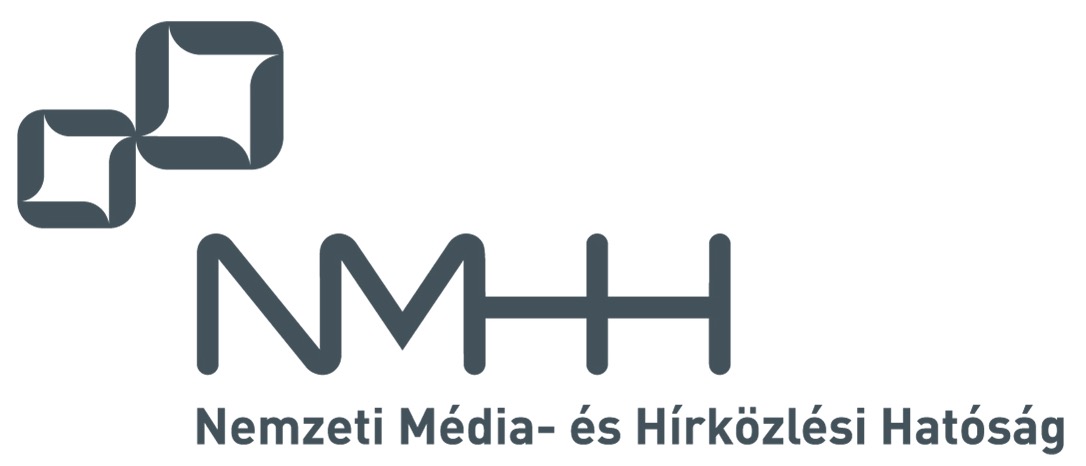2016. 3rd Issue
Full issue  (9 MB)
(9 MB)
PAPERS FROM OPEN CALL
Chengjie Li, Lidong Zhu and Zhen Zhang
Non-orthogonal Frequency Hopping Signal Underdetermined Blind Source Separation in Time-Frequency Domain 
In this paper, a novel Matching Optimization Algorithm (MOA-algorithm) based on underdetermined blind source separation is proposed for non-orthogonal frequency hopping signal (that is, inner products are not always equal to zero in the same time-frequency point). Compared to traditional methods, the separation method is formulated as matching optimization. In our method, we accomplish the underdetermined blind source separation by computing the Short Time Fourier Transform (STFT) of each observation to get the signal time- frequency distribution, then we formulate the separation problem as matching optimization. In matching optimization, a new cost function is designed to improve the complete separation, and we make negative gradient direction as the steepest descent direction, to verify the proposed method on several simulations. The experimental results demonstrate the effectiveness of the proposed method.
Dmitrii I. Popov and Sergey M. Smolskiy
Estimation of the Clutter Correlation Coefficient in Radar Systems 
Abstract. Estimation of passive interference (so-called, a clutter), which is caused by the point objects, is considered for radar systems. The initial sequence of sampled correlated readings of the point (in distance) target is used as an initial one causing by the antenna beam scanning in a surveillance radar. Basing on the statistical description of this sequence, the likelihood function is introduced and its properties are discussed. An estimation algorithm of the clutter correlation coefficient is synthesized according to the sample of initial correlated readings using the maximal likelihood approach. A structural scheme is given for the correlation coefficient measuring system. The clutter correlation coefficient estimations obtained are asymptotically effective. On the base of the Cramer-Rao equation, the asymptotic formula for a variance of the correlation coefficient is derived, which determines a dependence of estimation accuracy on the value of the correlation coefficient and a number of averaged readings. The formula derived allows provision of necessary estimation accuracy by means of appropriate choice of the averaged reading number. Statistical modeling of the estimation algorithm is described and performed. Modeling results are given, which characterize a dependence of estimation accuracy of the clutter correlation coefficient upon the averaged readings number. A comparison of theoretical and empirical results for estimation accuracy analysis is performed. Statistical modeling results confirm the asymptotical character of the estimation accuracy of the clutter correlation coefficient.
Round-Robin Bloom Filters Based Load Balancing of Packet Flows

SDN gives the possibility to design new solutions for flow based load balancers, needed by the handling of quickly growing Internet data, and end user demands. A key element of this can be the Bloom filters and its probabilistic techniques to reduce information processing and networking costs. We selected a Bloom filter variant optimized for low footprint and designed and implemented a flow based load balancer solution. We identified an issue of such load balancers during their initialization phase in case of plug and play deployments. We propose a solution to alleviate this problem and evaluated its performance.
A Novel DOA Estimation Methodology Utilizing Null Steering Antenna Algorithm

Past decades have seen significant advances in array signal processing and its applications. Direction of Arrival (DOA) estimation is one the most significant application of antenna arrays. This paper presents a new direction-of-arrival (DOA) estimation methodology, where DOA estimation is realized by the nulling antenna algorithm. The new methodology aims to minimize the computational complexity while maintaining high degree of accuracy and resolution. Unlike the existing MUSIC algorithm, the proposed algorithm eliminates the need of estimating the number of signals and the eigenvalue decomposition of covariance matrix, thereby avoiding performance deterioration caused by incorrect source number estimation. Both the theoretical analysis and computer simulations show that the proposed method outperforms the conventional techniques in estimating DOA of signals while having less computational complexity and high resolution.
FROM IEEE COMMUNICATIONS MAGAZINE
Enhancements of V2X Communication in Support of Cooperative Autonomous Driving

Two emerging technologies in the automotive domain are autonomous vehicles and V2X communication. Even though these technologies are usually considered separately, their combination enables two key cooperative features: sensing and maneuvering. Cooperative sensing allows vehicles to exchange information gathered from local sensors. Cooperative maneuvering permits inter-vehicle coordination of maneuvers. These features enable the creation of cooperative autonomous vehicles, which may greatly improve traffic safety, efficiency, and driver comfort. The first generation V2X communication systems with the corresponding standards, such as Release 1 from ETSI, have been designed mainly for driver warning applications in the context of road safety and traffic efficiency, and do not target use cases for autonomous driving. This article presents the design of core functionalities for cooperative autonomous driving and addresses the required evolution communication standards in order to support a selected number of autonomous driving use cases. The article describes the targeted use cases, identifies their communication requirements, and analyzes the current V2X communication standards from ETSI for missing features. The result is a set of specifications for the amendment and extension of the standards in support of cooperative autonomous driving.
CALL FOR PAPERS / PARTICIPATION
IEEE ICC'2017 – 2017, Paris, France
ADDITIONAL
Guidelines for our Authors




